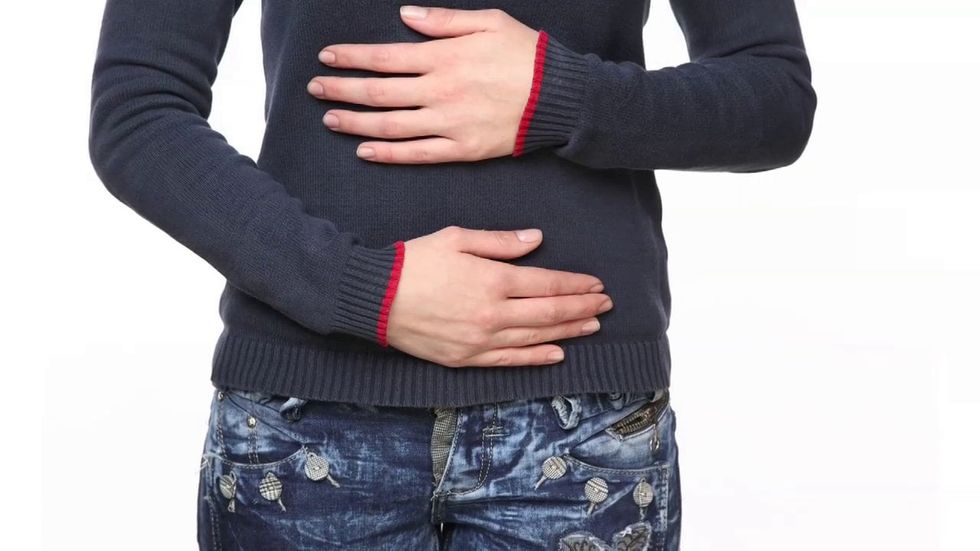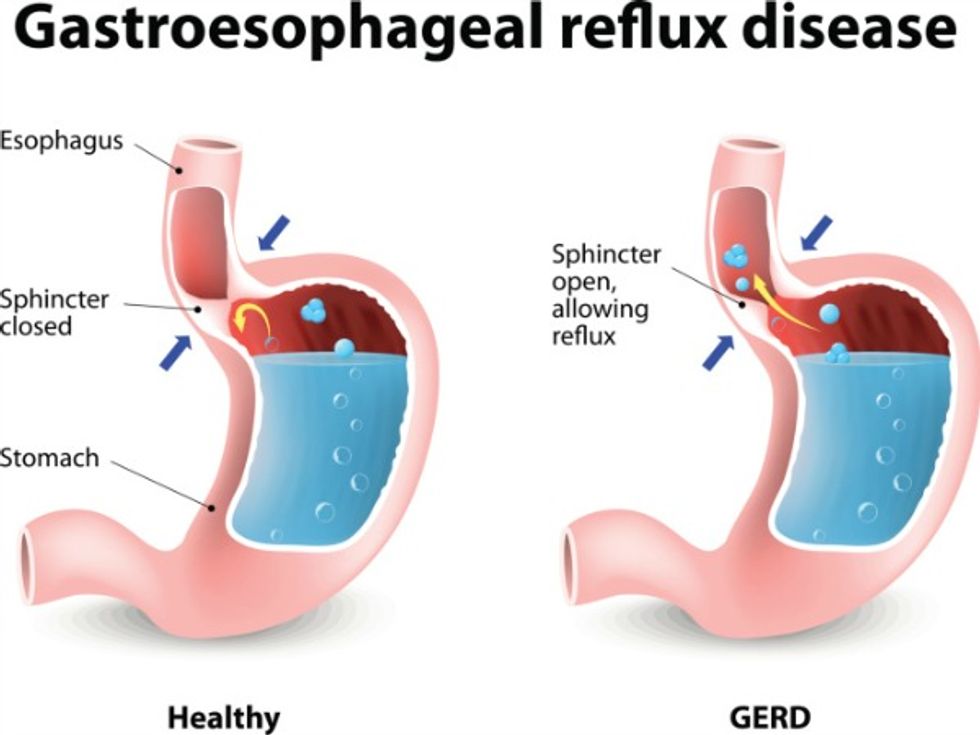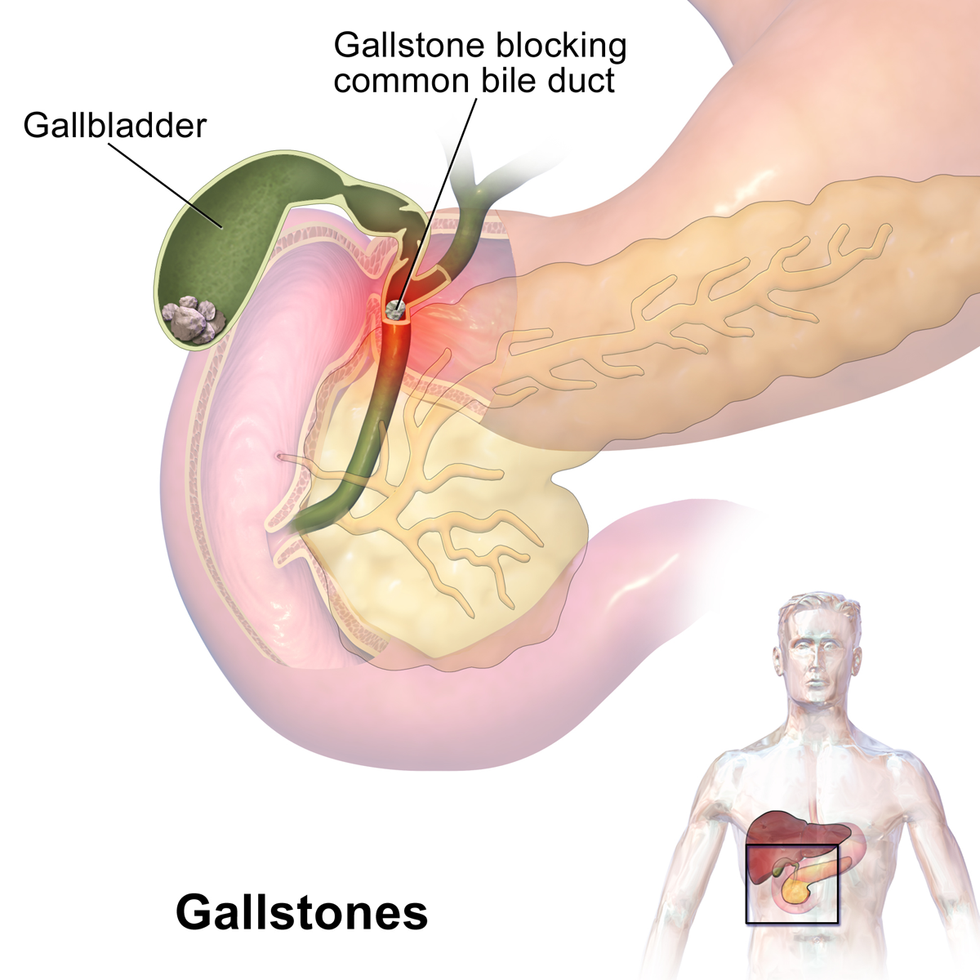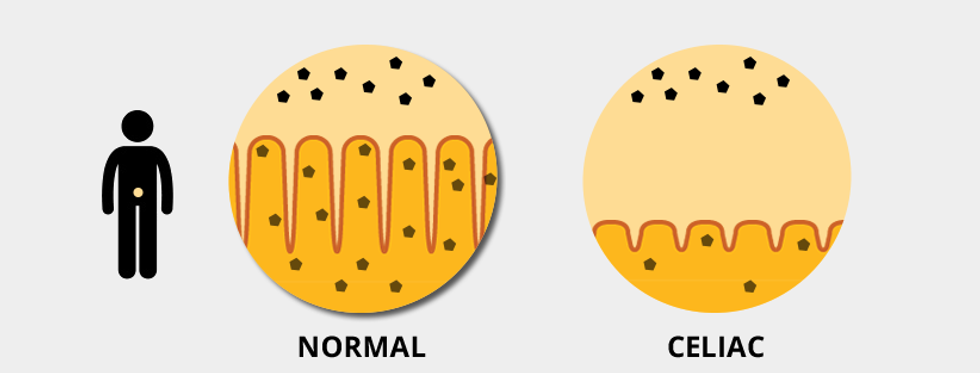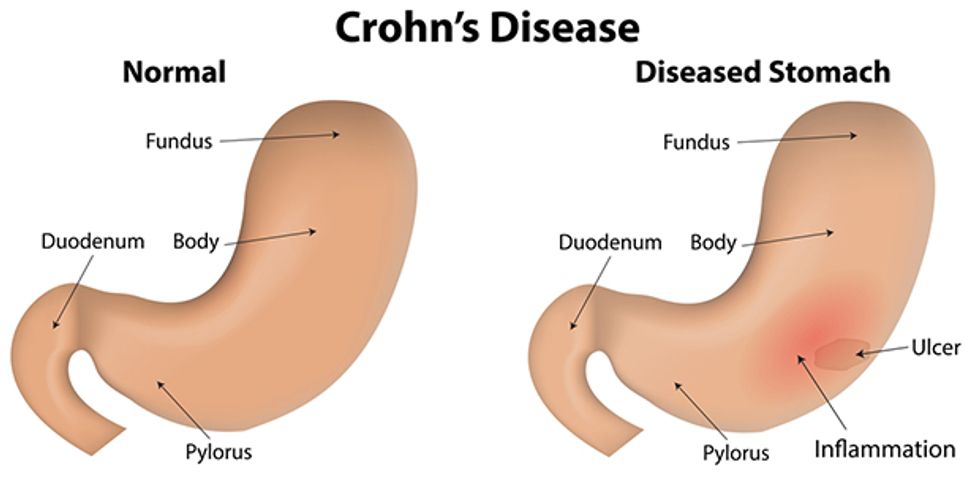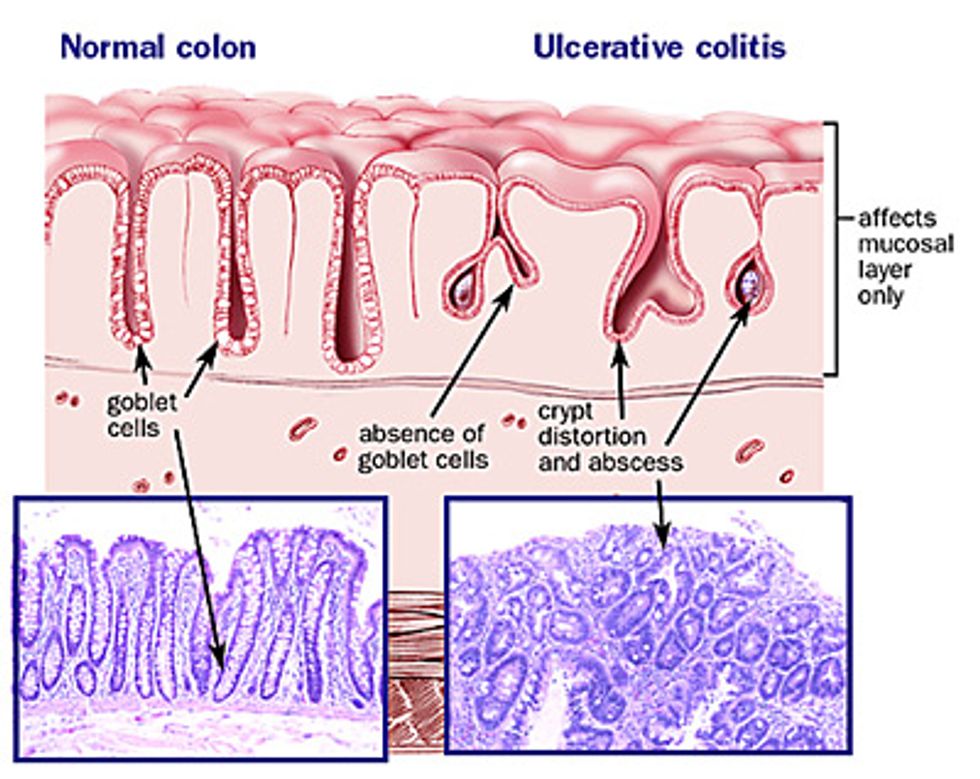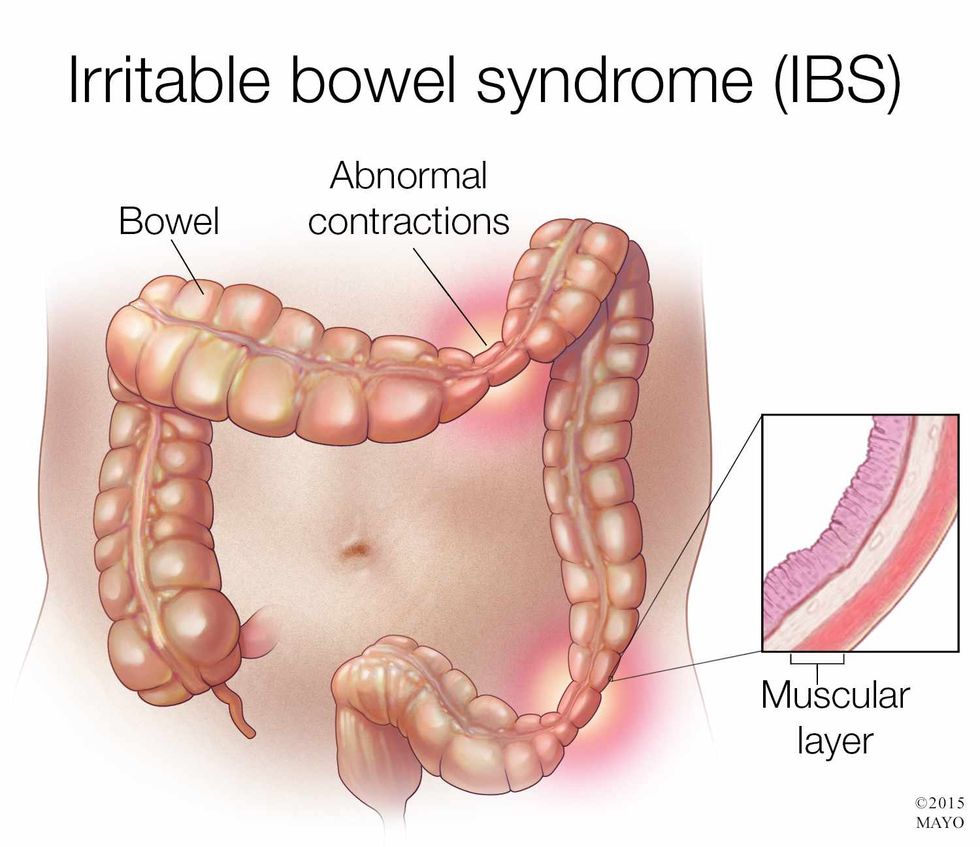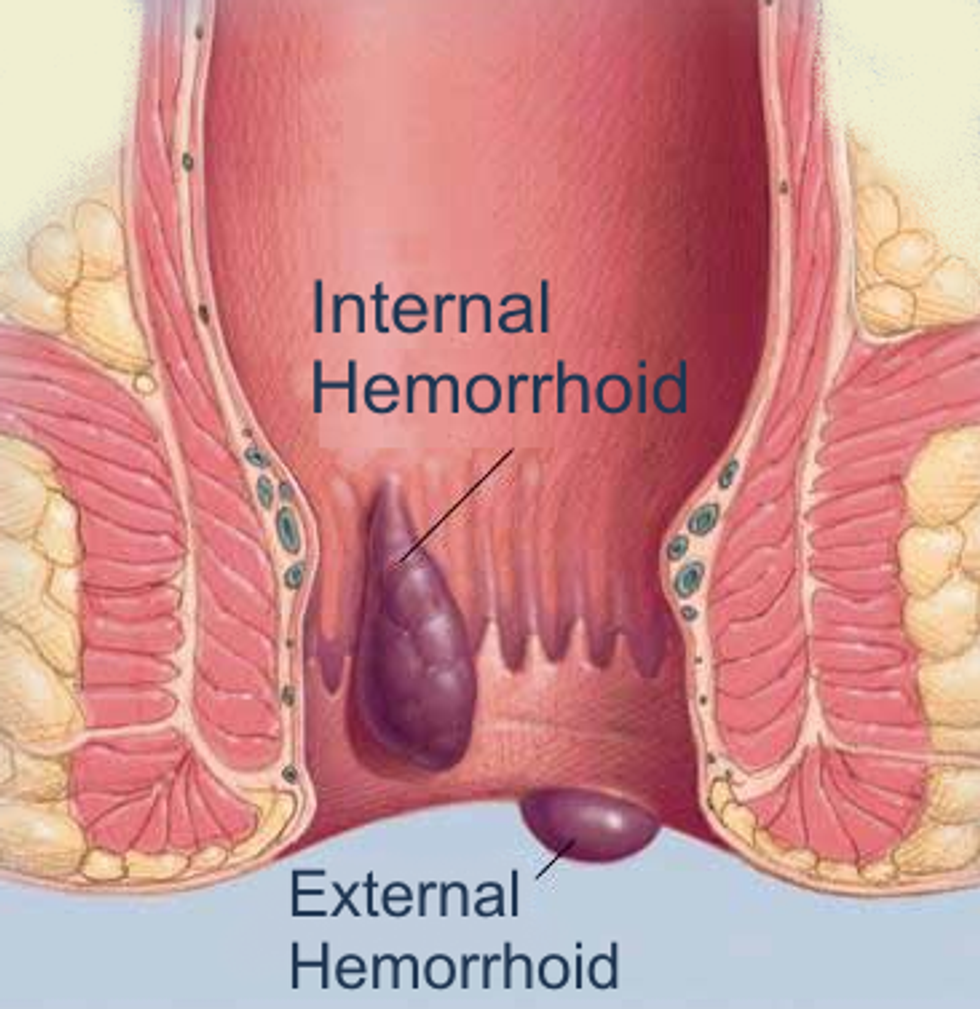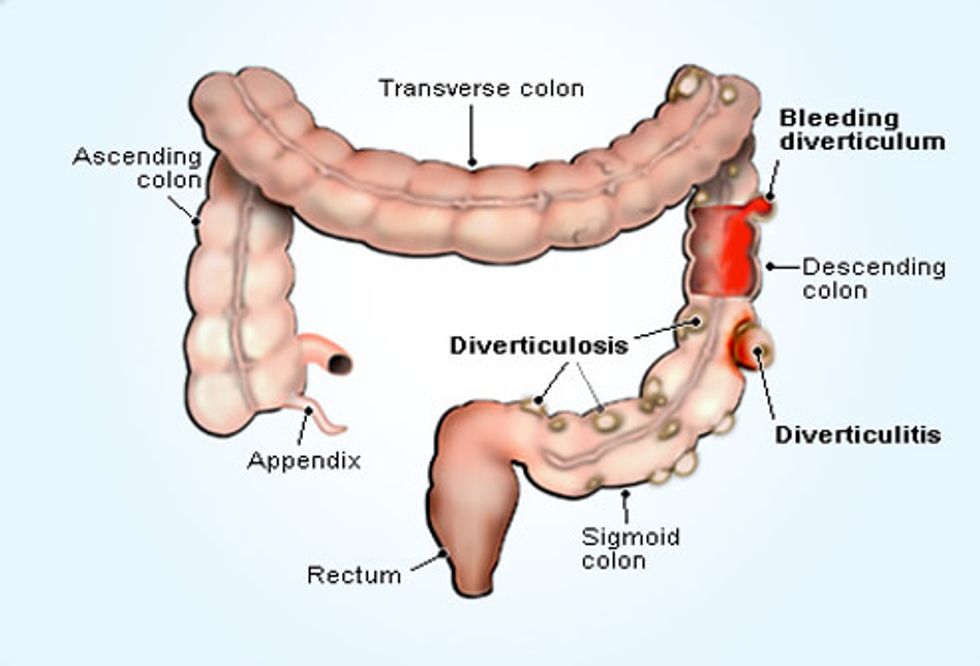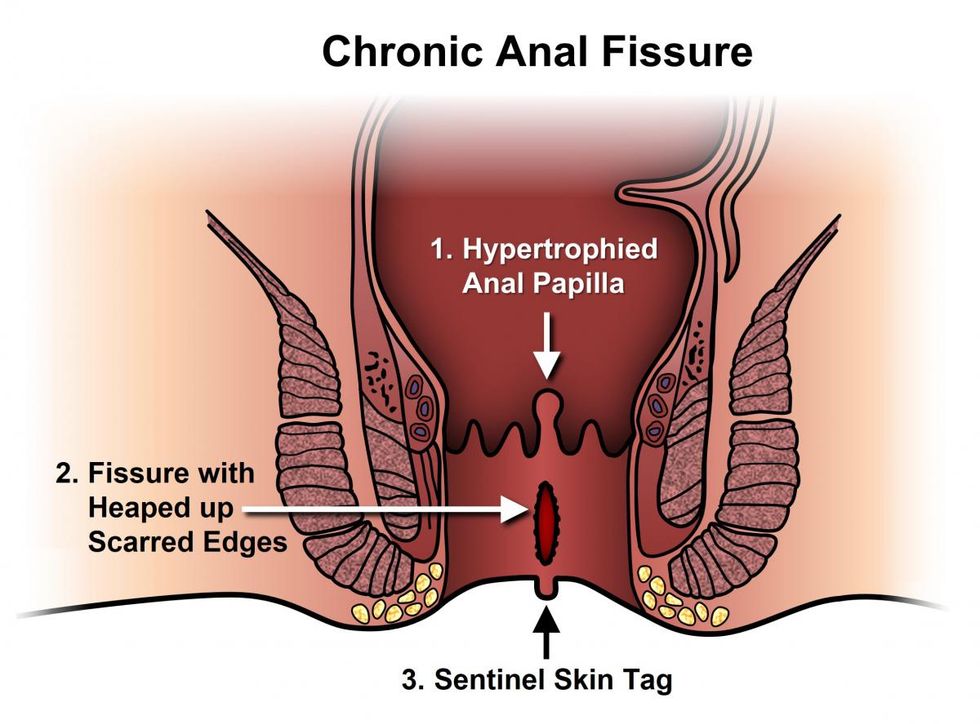Some of these digestive diseases may sound familiar. You may even be suffering with the symptoms yourself. These are the nine most common digestive diseases to recognize and when to go see a doctor.
1.Gastroesophageal Reflux Disease (GERD)
Gastroesophageal reflux disease (GERD) is a chronic digestive disease. GERD occurs when stomach acid or, occasionally, stomach content, flows back into your food pipe. What comes up irritates the lining of your esophagus and causes GERD.
SYMPTOMS:
1. A burning sensation in your chest, sometimes spreading to your throat, along with a sour taste in your mouth.
2. Chest pain.
3. Difficulty swallowing.
4. Dry cough.
5. Hoarseness or sore throat.
6. Regurgitation of food or liquid.
7. Sensation of a lump in your throat.
TREATMENT:
1. Antacids (Maalox, Tums, etc.)
2. H-2 Receptor Blockers (Pepcid, Zantac, etc.)
3. Proton Pump Inhibitors (Prilosec, Prevacid.)
4. Nissen fundoplication- This surgery involves tightening the lower esophageal sphincter to prevent reflux by wrapping the very top of the stomach around the outside of the lower esophagus.
5. Linx- The Linx device is a ring of tiny magnetic titanium beads that is wrapped around the junction of the stomach and esophagus. The magnetic attraction between the beads is strong enough to keep the opening between the two closed to refluxing acid, but weak enough so that food can pass through it.
2. Gallstones
Gallstones are hardened deposits of digestive fluid that can form in your gallbladder. People who experience symptoms from their gallstones usually require gallbladder removal surgery. Gallstones that don't cause any signs and symptoms typically don't need treatment.
SYMPTOMS:
1. Sudden pain in the upper right portion of your abdomen.
2. Sudden pain in the center of your abdomen, just below your breastbone.
3. Back pain between your shoulder blades.
4. Pain in your right shoulder.
5. Nausea or vomitting.
TREATMENT:
1. Cholecystectomy- Removal of the gallbladder.
2. Medications to dissolve gallstones.
3. Celiac Disease
Celiac disease (gluten-sensitive enteropathy), sometimes called sprue or coeliac, is an immune reaction to eating gluten, a protein found in wheat, barley and rye.
SYMPTOMS:
1. Anemia
2. Loss of bone density
3. Itchy, blistering skin rash
4. Damage to dental enamel
5. Mouth ulcers
6. Headaches & fatigue
7. Nervous system injury
8. Joint pain
9. Reduced functioning of the spleen
10. Acid reflux & heartburn
TREATMENT:
1. A strict gluten free diet that does not include:
- Barley
- Bulgur
- Durum
- Farina
- Graham flour
- Malt
- Rye
- Semolina
- Spelt (a form of wheat)
- Triticale
4. Crohn's Disease
Crohn's disease is an inflammatory bowel disease (IBD). It causes inflammation of the lining of your digestive tract.
SYMPTOMS:
1. Diarrhea
2. Fever and fatigue
3. Abdominal pain and cramping
4. Blood in stool
5. Mouth sores
6. Reduced appetite and weight loss
7. Perianal disease
TREATMENTS:
1. Anti-Inflammatory drugs (Oral 5-aminosalicylates)
2. Immune system suppressors (Imuran and Purinethol)
3. Antibiotics (Flagyl, Cipro)
4. Nutrition therapy
5. Ulcerative Colitis
Ulcerative colitis is an inflammatory bowel disease that causes long-lasting inflammation and ulcers (sores) in your digestive tract.
SYMPTOMS:
1. Diarrhea
2. Abdominal pain and cramping
3. Rectal pain
4. Rectal bleeding
5. Urgency to defecate
6. Inability to defecate despite urgency
7. Weight loss
8. Fatigue
9. Fever
TREATMENTS:
1. Anti-Inflammatory drugs (Azulfidine, Corticosteroids)
2. Immune system suppressors (Remicade, Entyvio)
6. Irritable Bowel Syndrome
Irritable bowel syndrome (IBS) is a common disorder that affects the large intestine.
SYMPTOMS:
1. Abdominal pain and cramping
2. A bloated feeling
3. Gas
5. Diarrhea or constipation
6. Mucus in the stool
TREATMENTS:
1. Eliminating high gas foods
2. Eliminating gluten
3. Eliminating FOODMAPs
4. Fiber supplements
7. Hemorrhoids
Hemorrhoids, also called piles, are swollen veins in your anus and lower rectum, similar to varicose veins.
SYMPTOMS:
1. Painless bleeding during bowel movements
2. Itching or irritation in the anal region
3. Pain or discomfort
4. Swelling around your anus
5. A lump near your anus that may be painful
TREATMENTS:
1. High fiber diet
2. Topical treatment (Preperation H, Tucks)
3. Soak in a warm sitz bath
4. Keep the anal area clean
5. Apply cold packs
6. Take over the counter pain relievers
7. Rubber band litigation- Your doctor places one or two tiny rubber bands around the base of an internal hemorrhoid to cut off its circulation. The hemorrhoid withers and falls off within a week.
8. Diverticulitis
Diverticula are small, bulging pouches that can form in the lining of your digestive system. They are found most often in the lower part of the large intestine (colon). Sometimes, one or more of the pouches become inflamed or infected. That condition is known as diverticulitis.
SYMPTOMS:
1. Persistent pain
2. Nausea and vomitting
3. Fever
4. Abdominal tenderness
5. Constipation
TREATMENTS:
1. Antibiotics
2. Liquid diet
3. Over the counter pain reliever
4. Primary bowel resection- The surgeon removes diseased segments of your intestine and then reconnects the healthy segments.
9. Anal Fissure
An anal fissure is a small tear in the thin, moist tissue (mucosa) that lines the anus.
SYMPTOMS:
1. Pain during bowel movements
2. Bright red blood on tissue after bowel movement
3. Itching or irritation around anus
4. A visible crack around the anus
5. A small lump or skin tag near the anal fissure
TREATMENTS:
1. Nitroglycerin
2. Topical anesthetic creams
3. Botox injections
4. Blood pressure medications
I hope you have found this article helpful. Digestive diseases are something tha are near and dear to my heart because I too suffer with a digestive disease called Gastroparesis.
Some links to check out:
https://www.booster.com/gastroparesis-awareness-cu...
https://www.niddk.nih.gov/health-information/diges...

